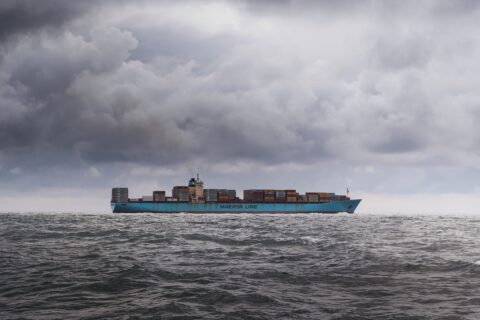Customs clearance: the gateway to international trade, a crucial yet often daunting step for businesses and individuals importing or exporting goods. The prospect of delays, paperwork snafus, and unexpected fees can strike fear into the hearts of even seasoned shippers. But fear not! The key to smooth customs clearance lies in meticulous preparation, and at the heart of that preparation lies a powerful quintet: the 5 essential documents you absolutely need.
1. The Commercial Invoice: Your Goods’ Identity Card
Think of the commercial invoice as a detailed portrait of your shipment. It tells customs officials who sent it, who’s receiving it, what’s inside, and how much it’s worth. Accuracy is paramount here. Include the full names and addresses of the shipper and consignee, a precise description of the goods (types, quantities, materials), the correct Harmonized System (HS) code for each item, the declared value in the currency of the sale, and the terms of sale (e.g., FOB, CIF). Any inconsistencies or missing information can trigger inquiries, inspections, and potentially, delays.
2. The Bill of Lading/Airway Bill: Your Proof of Passage
The BL or AWB serves as your contract of carriage with the shipping company, documenting the journey of your goods from origin to destination. It details the shipper, consignee, notifying party, port of shipment/arrival, type of vessel/aircraft, and identifying marks and numbers for each package. Choosing the right document type is crucial: a BL for ocean freight, an AWB for air freight. Ensure all information aligns with the commercial invoice and avoid discrepancies to expedite clearance.
3. The Packing List: Mapping Your Treasure Trove
Imagine customs officials as treasure hunters, and the packing list as their treasure map. It provides a detailed inventory of your shipment, listing each package individually with its type, quantity, weight, and dimensions. This detailed breakdown facilitates efficient inspection and reduces the risk of delays due to discrepancies between declared and actual contents. Remember, a clear and organized packing list is your friend!
4. The Certificate of Origin: Where It All Began
For preferential trade agreements to kick in and lower your import duties, you may need a Certificate of Origin (CO). This document verifies the country where your goods were manufactured or substantially transformed. Different types of COs exist, so understanding which one applies to your shipment is crucial. Consult your local chamber of commerce or trade authority for guidance on acquiring the correct CO for your destination country.
5. The Supporting Cast: Permits, Licenses, and More
Depending on the nature of your goods, additional documents might be required. Certain products like food, electronics, or chemicals may need specific permits, licenses, or health certificates. Research the regulations of your destination country and ensure you have all the necessary documentation in order before shipping. Remember, it’s better to be over-prepared than under-equipped!
Conquering Customs with Confidence
Armed with these 5 essential documents, you can approach customs clearance with newfound confidence. By meticulously preparing and ensuring their accuracy, you minimize the risk of delays, fines, and frustrations. Remember, knowledge is power – research the specific requirements for your shipment, stay up-to-date on regulations, and don’t hesitate to seek help from experienced customs brokers or freight forwarders. With the right documentation and a proactive approach, smooth customs clearance is within your reach, paving the way for a successful international trade journey.
To learn more about customs clearance contact us.





 APP DOWNLOAD
APP DOWNLOAD